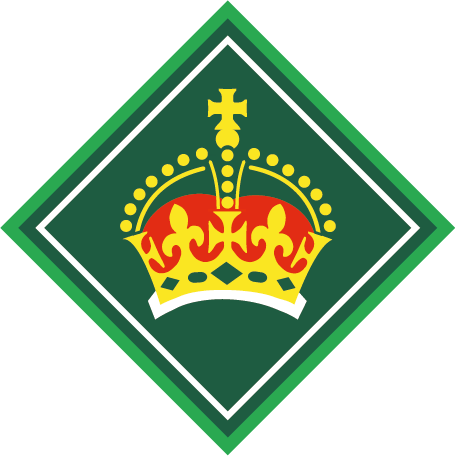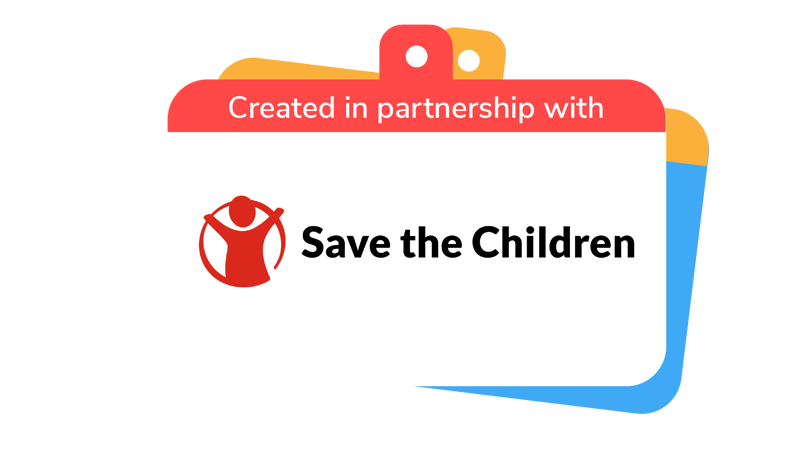
Kind news
You’ll need
- Scissors
- Guess the numbers sheet
- A copy of the kind news headlines sheet
- A copy of the refugees and displaced children sheet
Before you begin
- Cut up the ‘guess the numbers’ and ‘kind news headlines’ sheets.
Learn the facts
- Everyone should talk about what being displaced means. A displaced person is someone who’s forced to leave their home because of conflict – it could be war or persecution.
- The person leading the activity should give everyone a piece of paper with a number or statistic on. They should read out a fact; anyone who thinks their number or statistic matches the fact should hold up their piece of paper. The person leading the activity should let everyone know which number or statistic matches.
- Once they’ve matched all of the facts with a number or statistic, everyone should talk about how the statistics made them feel. Some people may feel sad, angry, or worried about the situations people their age face. It can be hard to imagine the number of people that are affected.
Look at the headlines
- Everyone should look at the headlines from newspaper articles about refugees, displaced children, and conflicts.
- Everyone should think about how the headlines make them feel. With the person leading the activity, they should think about the person who wrote the headlines and articles. How were they trying to make people feel? What did they want people to think about refugees and displaced children? What does everyone think about the words the writers chose?
Read the stories
- The person leading the activity should show everyone the ‘Stories of refugees and displaced children’ sheet. Everyone should take it in turns to read the stories (or someone, perhaps the person leading the activity, should read them out).
- Everyone should compare the stories to the headlines. Do they send the same message? Do the headlines reflect these true stories of people’s lives?
- The person leading the activity should help everyone to understand why it’s important to understand people’s real lives, and the real stories behind the headlines and statistics. Understanding people’s stories helps people feel empathy and care, and helps them challenge stereotypes and assumptions.

This activity helps contribute towards some of the UN's Sustainable Development Goals. Find out more about the SDGs, and how Scouts across the world are getting involved.
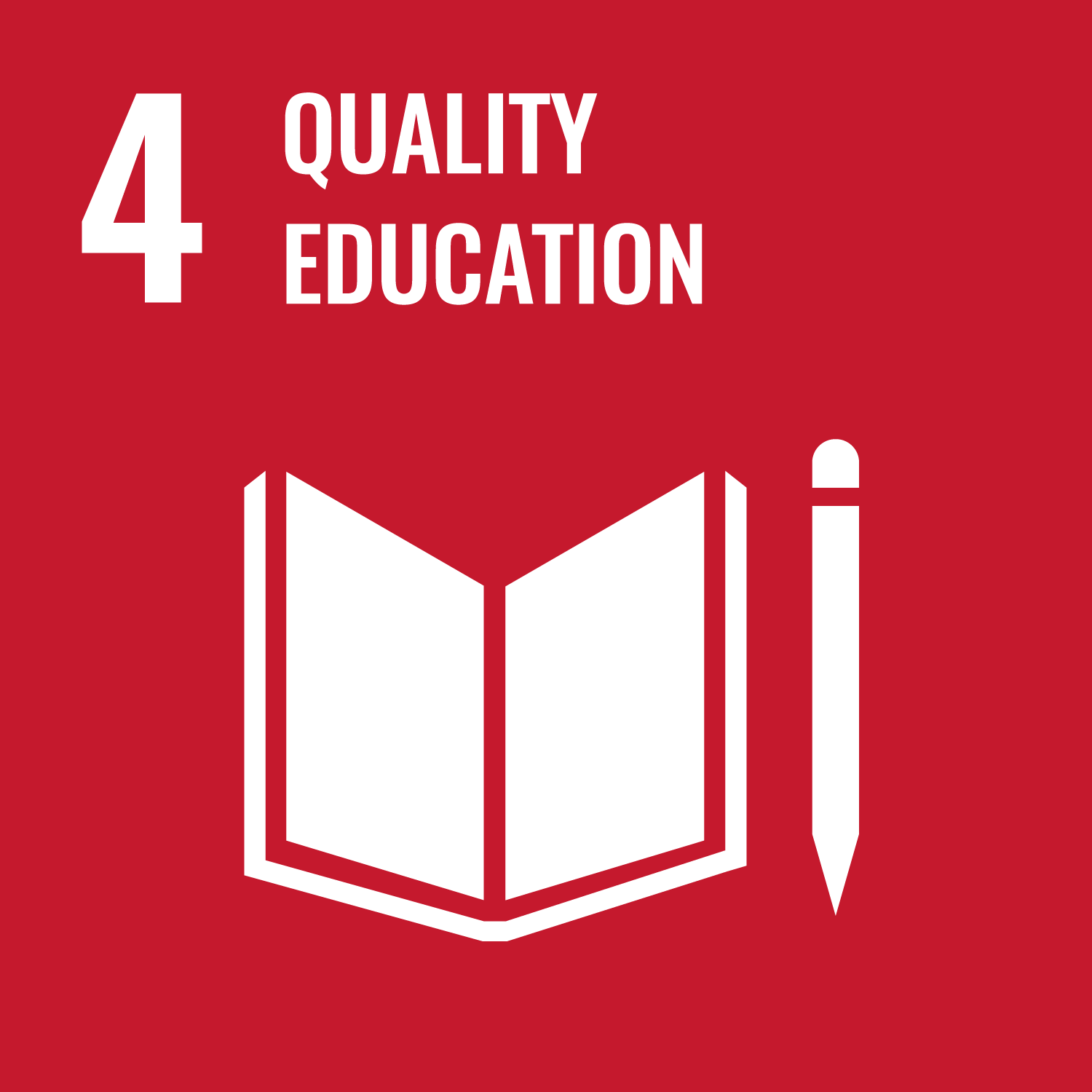


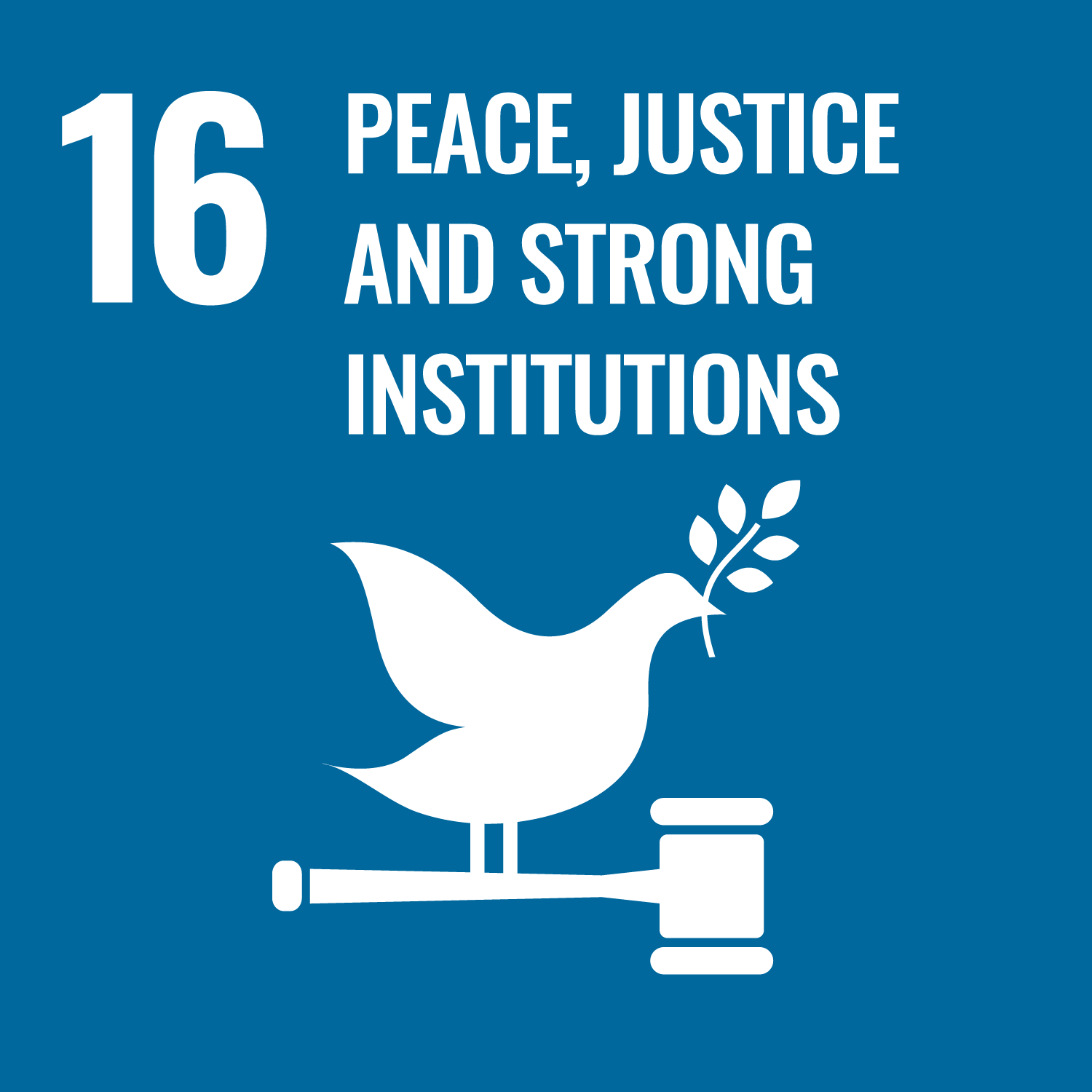
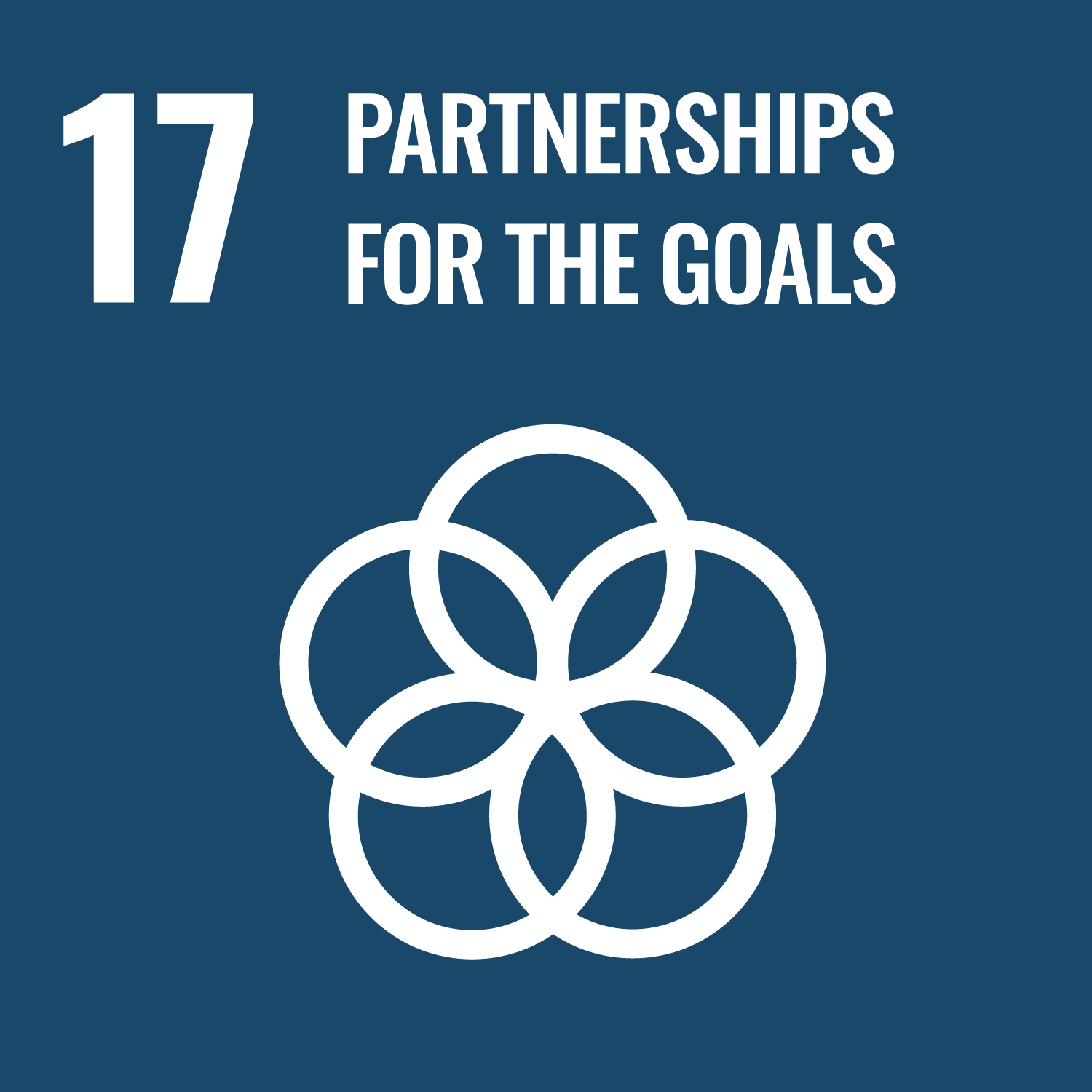
Reflection
This activity helped everyone learn to be responsible. Part of being responsible is being trustworthy – do people think the statistics, headlines, or stories are more trustworthy? Being responsible also means doing the right thing. Sometimes this means speaking up for people who don’t have much of a voice. Do people think the headlines were responsible?
This activity was also a chance for people to think about communication. Everyone listened to the stories of refugees and displaced people as well as the views of the people who wrote the headlines. What were the differences between what they were trying to tell the reader? What’s the impact of the way the media talks about refugees and displaced children?
Safety
All activities must be safely managed. You must complete a thorough risk assessment and take appropriate steps to reduce risk. Use the safety checklist to help you plan and risk assess your activity. Always get approval for the activity, and have suitable supervision and an InTouch process.
- Scissors
Supervise young people appropriately when they’re using scissors. Store all sharp objects securely, out of the reach of young people.
Think about the people taking part – if anyone’s had to leave their home because of conflict or has family connections to a country affected by conflict, you may want to check in with them and their parent or carer first.
Make it accessible
All Scout activities should be inclusive and accessible.
People could think about what they could do to help others learn about real stories (and the statistics) to challenge some of the assumptions in the media. For example, they could create a gallery of photos of refugees and displaced children, quotes, and drawings – or they could write their own newspaper articles, leaflets, or blogs. Make a plan for how and when people want to help others learn more.
Discover more at https://www.savethechildren.org.uk/




